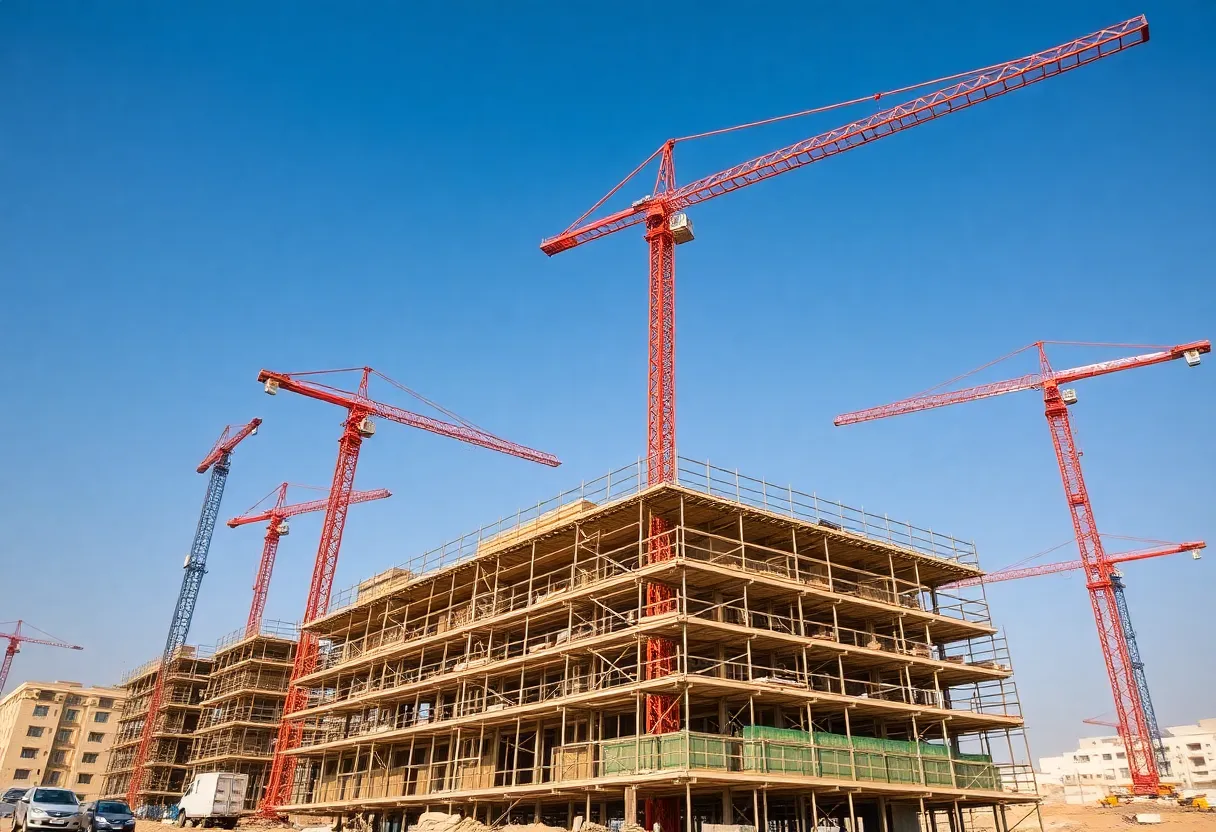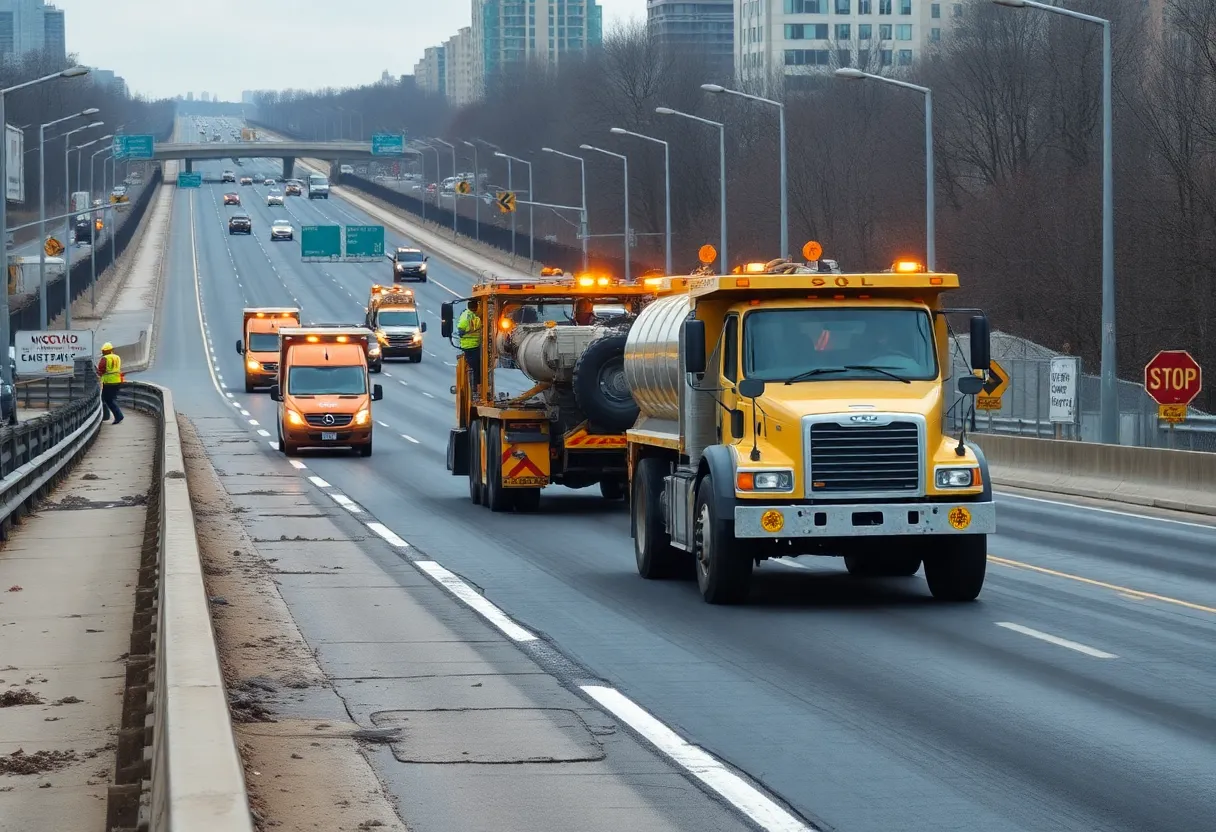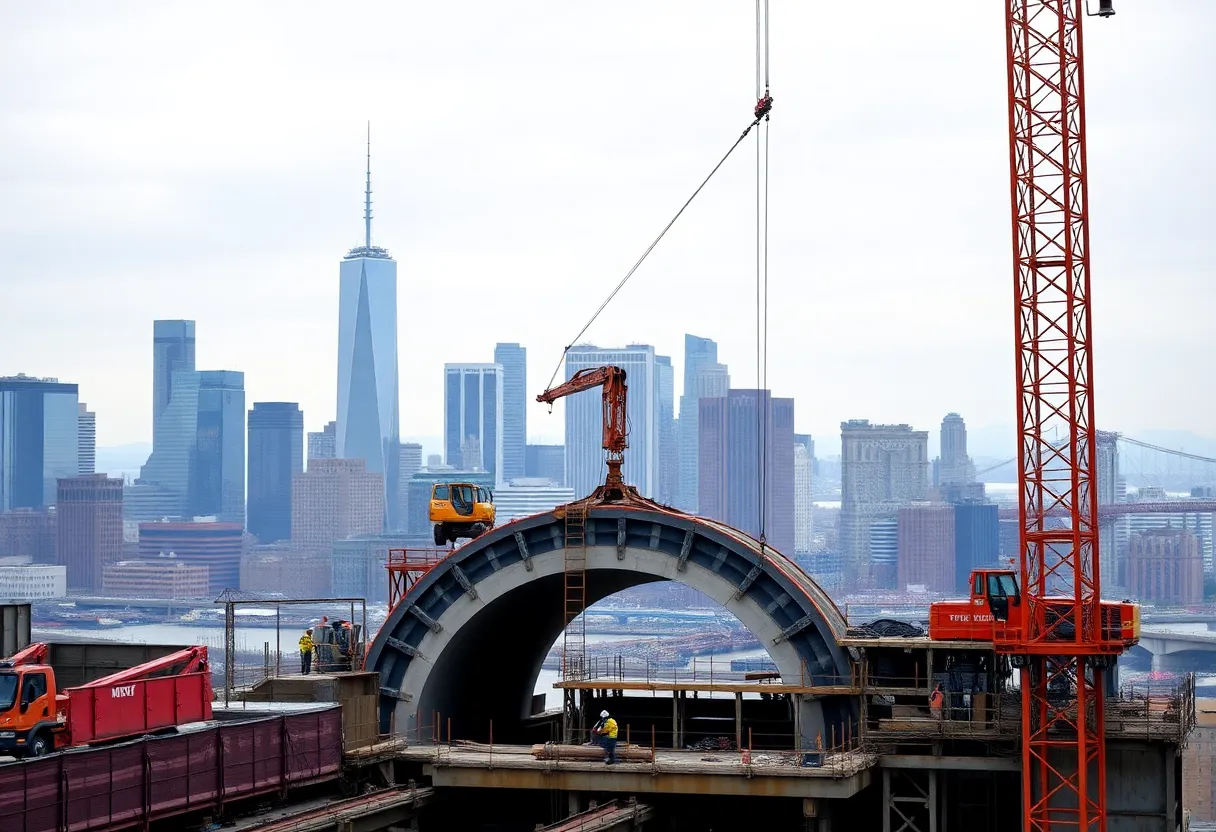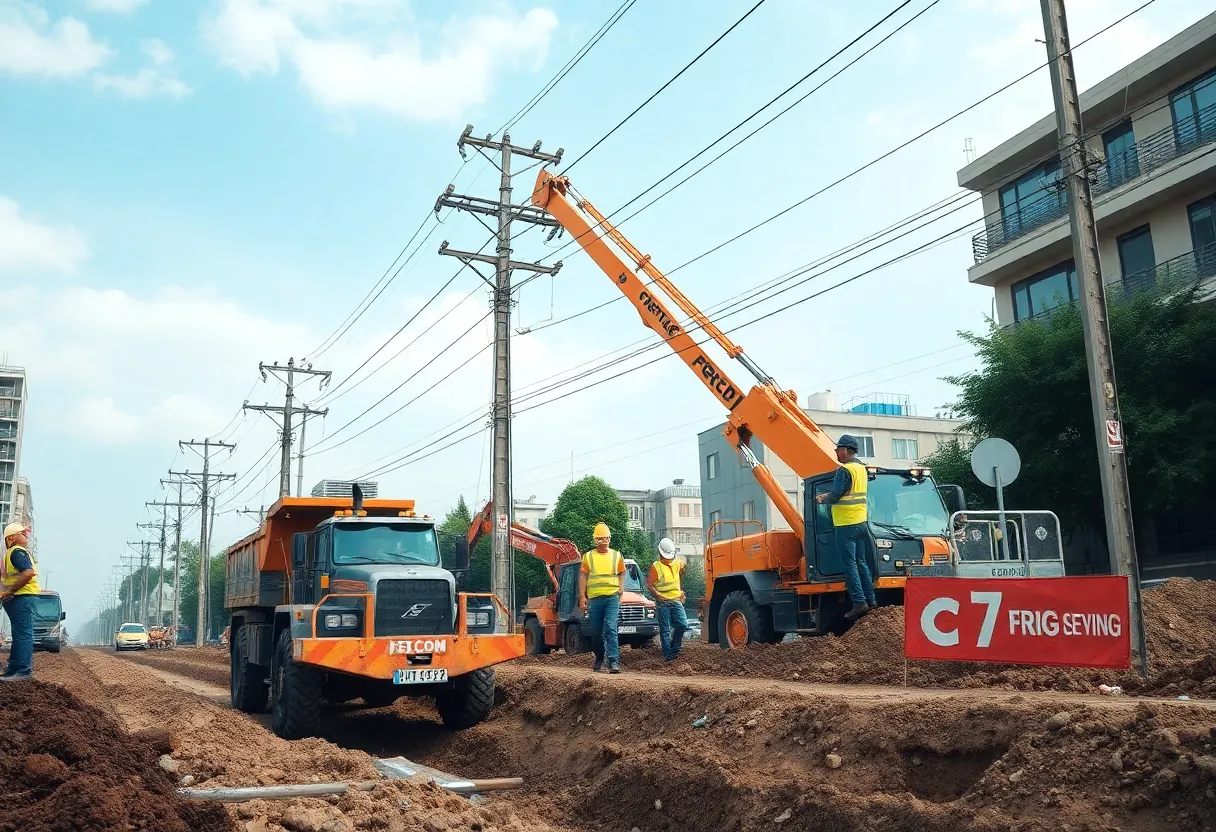News Summary
The construction sector in the Middle East faces increasing costs driven by new trade tariffs and global supply chain disruptions. The UAE may see a 2.7% to 3.3% rise in construction costs, while Saudi Arabia faces increases of 3.4% to 7%. Key construction materials like steel, concrete, and aluminum are expected to see significant price hikes. Labor shortages and outdated processes compound the issue, urging developers to secure costs promptly and embrace innovative solutions to mitigate rising expenses.
Rising Construction Costs Challenge Middle East Industry
The construction industry in the Middle East is facing an imminent increase in costs due to new trade tariffs announced by the Trump administration. According to projections in Stonehaven’s 2025 UAE & KSA Construction Cost Benchmarking Report, construction costs are expected to rise significantly over the next 18 to 24 months, with estimates suggesting a increase of 2.7% to 3.3% in the UAE and between 3.4% to 7% in Saudi Arabia. These anticipated figures could be conservative given the current market volatility.
Global stock losses and ongoing supply chain disruptions are creating a ripple effect that is expected to lead to higher prices for imported materials. The Gulf Cooperation Council (GCC) region currently has over $2.3 trillion in active construction projects, making it highly sensitive to fluctuations in international commodity prices.
Key Material Costs Rising
Essential construction materials such as steel, concrete, and aluminum are experiencing price hikes. Experts in the industry are signaling that while the demand for construction continues to be high, the costs associated with key materials could rise by as much as 10% to 15% in the next year. This sharp increase will no doubt impact budgets and project timelines across both the UAE and Saudi Arabia.
The situation is further complicated by a labor shortage and outdated construction processes, prompting the industry to adapt and innovate. Developers are encouraged to secure construction costs promptly to align with their feasibility studies. Failure to do so could jeopardize profitability and project viability.
Sector Insights from Current Reports
Stonehaven’s report highlighted a crucial aspect of cost inflation stratification in construction. It predicts a rise in costs of 2% to 5% in the UAE while Saudi Arabia could see inflation between 3.4% and 7%. Labor expenses, accounting for as much as 40% of total project costs, underline the pressing need for the adoption of automation and artificial intelligence (AI) technologies in the sector.
To manage escalating costs and risks effectively, the importance of adopting advanced technologies such as modular construction, AI-powered planning, and Building Information Modeling (BIM) cannot be overstated. Moreover, sustainability practices like carbon tracking and acquiring green certifications are becoming critical components in project planning and execution.
Future Developments and Strategic Moves
Looking ahead to 2025, notable projects include the construction of 19,700 new villas in Dubai as well as significant developments such as NEOM and The Red Sea Project in Saudi Arabia. In light of the potential cost volatility, companies like Stonehaven are implementing AI-driven project management, carbon tracking, and Digital Twin technology to enhance efficiency and effectiveness.
Across the UAE real estate sector, rising material costs and a skilled labor shortage are pressing developers to reconsider their budgets and project timelines. Some suppliers have begun to demand full payment upfront, adding to the increasing cost pressures faced by construction firms. In response, developers are looking to adopt strategies such as bulk order procurement and novel building techniques to alleviate rising expenses.
Long-term Outlook
Despite encountering challenges, the UAE’s real estate industry still exhibits resilience and growth. Many developers are focusing on training and development to address the skilled labor shortages that could hinder long-term construction sustainability. However, as project costs continue to rise, there is a consensus that property prices may also need to be adjusted to cover increasing expenses.
In summary, the construction landscape in the Middle East is precariously positioned as it grapples with evolving market dynamics. Stakeholders are urged to adapt quickly to secure their interests over the coming months.
Deeper Dive: News & Info About This Topic
Additional Resources
- GlobeNewswire: Trump Global Tariff Hike
- Zawya: UAE & Saudi Arabia Construction Costs Spike
- Arabian Business: UAE Property Developers Rising Costs
- Wikipedia: Construction in the UAE
- Google Search: Middle East construction costs
Author: Construction NY News
The NEW YORK STAFF WRITER represents the experienced team at constructionnynews.com, your go-to source for actionable local news and information in New York and beyond. Specializing in "news you can use," we cover essential topics like product reviews for personal and business needs, local business directories, politics, real estate trends, neighborhood insights, and state news affecting the area—with deep expertise drawn from years of dedicated reporting and strong community input, including local press releases and business updates. We deliver top reporting on high-value events such as the New York Build Expo, infrastructure breakthroughs, and cutting-edge construction technology showcases. Our coverage extends to key organizations like the Associated General Contractors of New York State and the Building Trades Employers' Association, plus leading businesses in construction and real estate that power the local economy such as Turner Construction Company and CMiC Global. As part of the broader network, including constructioncanews.com, constructiontxnews.com, and constructionflnews.com, we provide comprehensive, credible insights into the dynamic construction landscape across multiple states.





